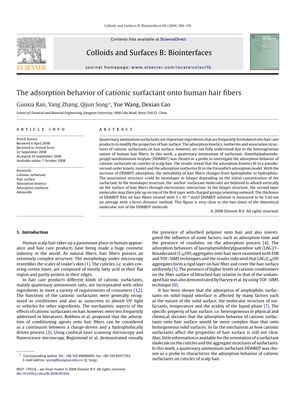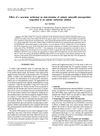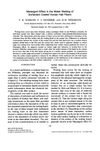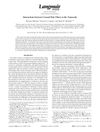The Adsorption Behavior of Cationic Surfactant onto Human Hair Fibers
January 2009
in “
Colloids and Surfaces B: Biointerfaces
”
cationic surfactant dimethylpabamidopropyl laurdimonium tosylate DDABDT human hair fibers adsorption pseudo-second-order kinetic model Freundlich adsorption model wettability hydrophobic hydrophilic monolayer bilayer electrostatic interactions hydrophobic interactions hair fibers kinetic model adsorption model

TLDR A certain surfactant sticks to human hair, making it change from water-repelling to water-attracting, which could help in hair conditioning.
The study from 2009 examined how the cationic surfactant dimethylpabamidopropyl laurdimonium tosylate (DDABDT) adheres to human hair fibers. It found that the adsorption process followed a pseudo-second-order kinetic model and fit the Freundlich adsorption model. The surfactant's concentration affected the hair's wettability, transitioning it from hydrophobic to hydrophilic. The surfactant could form either a monolayer or a bilayer on the hair, with the bilayer structure making the hair more hydrophilic due to the outward-facing charged groups. The study also determined that the average thickness of the DDABDT film on hair treated with a 0.5 mmol/L solution was 5.42 nm. The adsorption behavior was complex, influenced by the surfactant concentration and temperature, and involved both electrostatic and hydrophobic interactions. The findings suggest that DDABDT could be beneficial in hair conditioning products due to its ability to improve hair wettability.



